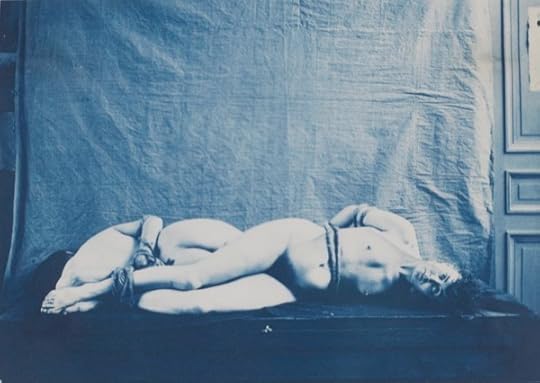Horrific Practices
Two centuries after the Marquis de Sade, a French exhibition traces his influence.
Charles-Francois Jeandel, Deux femmes nues attachees, allongees sur le cote, between 1890 and 1900; © Musee d’Orsay, dist. RMN-Grand Palais / Alexis Brandt

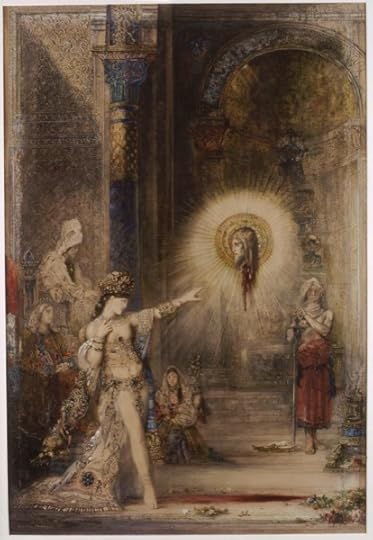
Gustave Moreau, L’Apparition, 1876;
© RMN-Grand Palais (Musee d’Orsay) / Jean-Gilles Berizzi

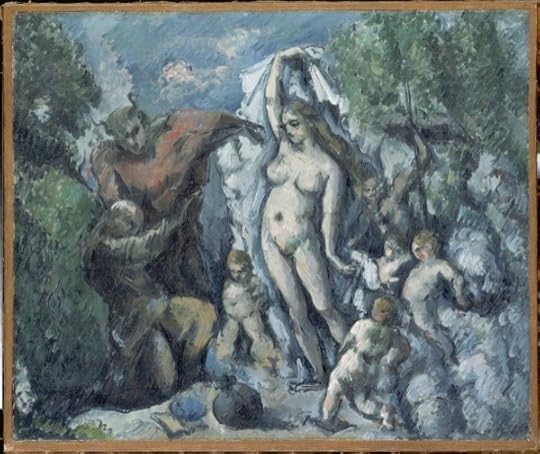
Paul Cézanne, La Tentation de Saint Antoine, 1877;
© RMN-Grand Palais (Musee d’Orsay) / Hervé Lewandowski

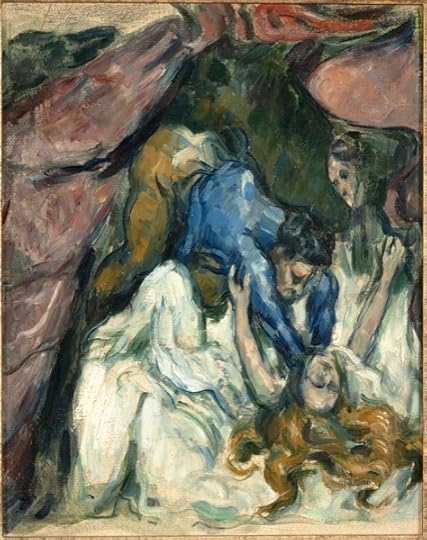
Paul Cézanne, La Femmeétranglée, between 1875 and 1876;
© Musée d’Orsay, dist. RMN-Grand Palais / Patrice Schmidt

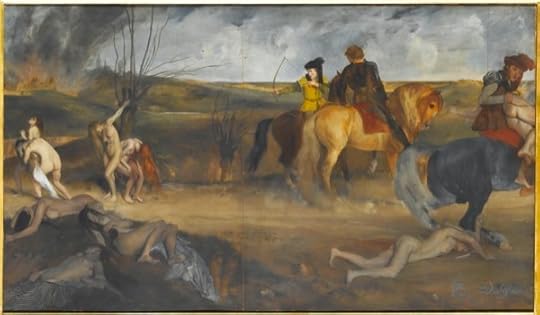
Edgar Degas,Scène de guerre au Moyenâge, 1865;
© RMN-Grand Palais (Musée d’Orsay) / Gérard Blot

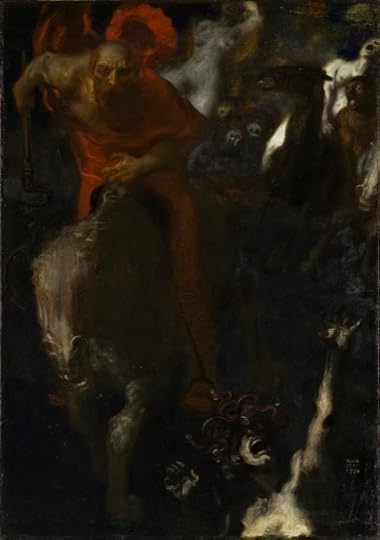
Franz Von Stuck, La Chasse sauvage, 1899;
© Musée d’Orsay, dist. RMN-Grand Palais / Patrice Schmidt

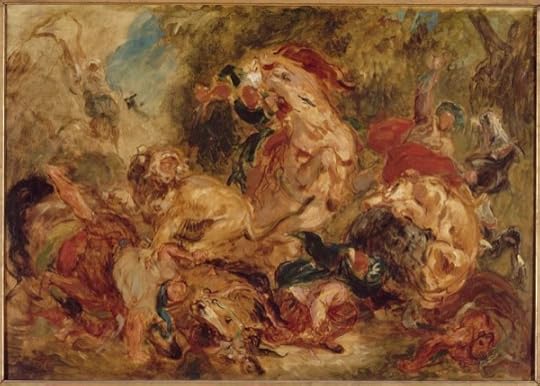
Eugène Delacroix, Chasse aux lions (esquisse), 1854; © RMN-Grand Palais (Musée d’Orsay) / Gérard Blot

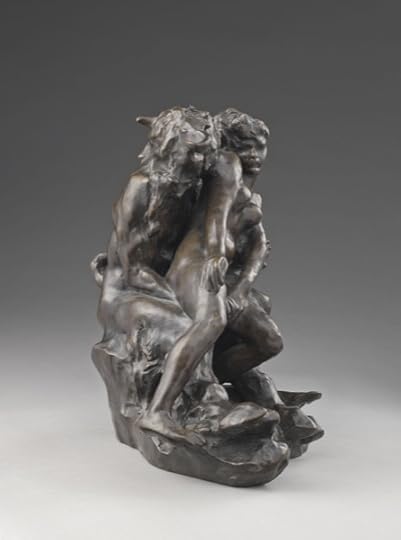
Auguste Rodin, Minotaure ou Satyre et nymphe, 1885;
© RMN-Grand Palais (Musee d’Orsay) / Adrien Didierjean

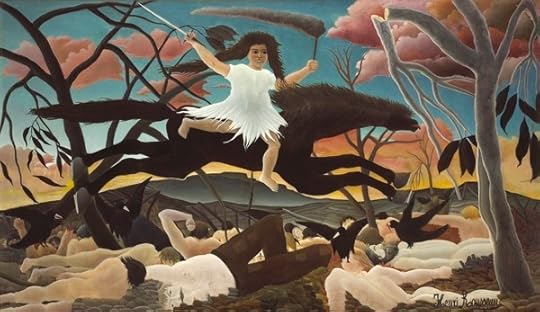
Henri Rousseau, La Guerre, 1894; © Musée d’Orsay, dist. RMN-Grand Palais / Patrice Schmidt

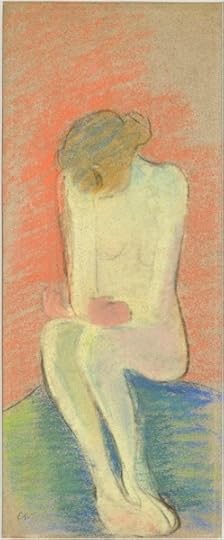
Edouard Vuillard, Figure de douleur, between 1890 and 1891; © Musee d’Orsay, dist. RMN-Grand Palais / Patrice Schmidt

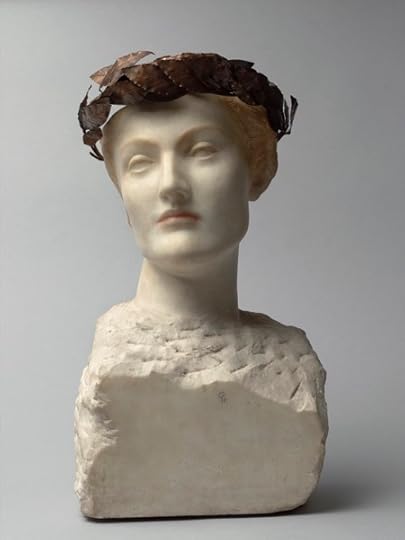
Fernand Khnopff, Futur, 1898;
© RMN-Grand Palais (Musee d’Orsay) / Hervé Lewandowski

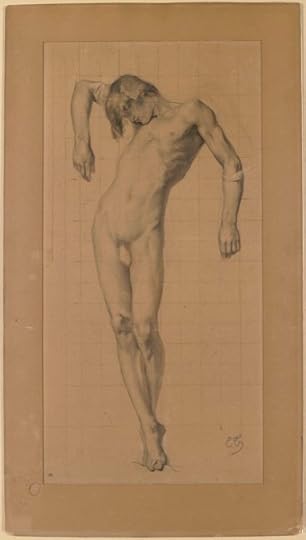
Eugene Thirion, Jeune homme nu, debout, soutenu par les bras;
© RMN-Grand Palais (Musee d’Orsay) / Adrien Didierjean

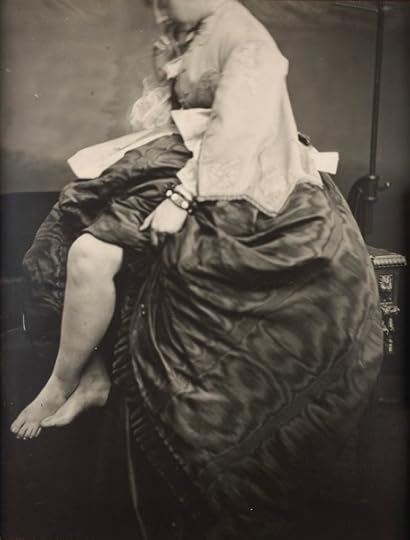
Virginia Verasis and Pierre-Louis Pierson, Portrait de la comtesse de Castiglione, assise sur une table, le visage en partie coupe, 1865 and 1867; © Musee d’Orsay, dist. RMN-Grand Palais / Patrice Schmidt

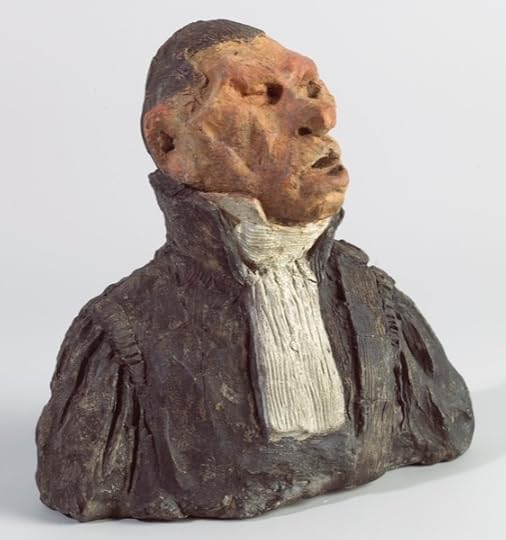
HonoréDaumier, AndréMarie Jean Jacques Dupin, ca. 1832; © Musee d’Orsay, dist. RMN-Grand Palais / Patrice Schmidt

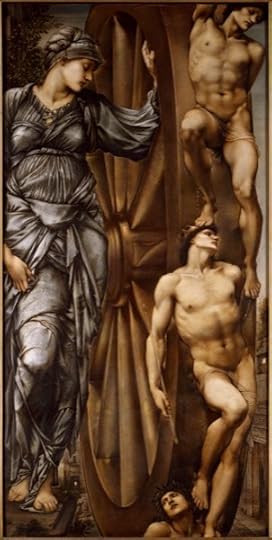
Sir Edward Burne-Jones, La Roue de la Fortune, between 1875 and 1883; © RMN (Musee d'Orsay) / Gerard Blot
The Marquis de Sade died two hundred years ago today, on December 2, 1814. To mark the bicentennial, Annie Le Brun, a French academic and writer, has curated a sprawling show in the Marquis de Sade’s name at the Musée d’Orsay in Paris. The exhibition, “Attaquer le soleil” (“Attacking the Sun”), takes its name from a snippet in The 120 Days of Sodom, and it traces “the revolution of representation” occasioned by Sade’s unbridled lasciviousness: how his ideas about desire and violence seeped into the cultural zeitgeist and into some of the most seminal art created during and after his lifetime.
It seems tenuous, at first, to link Sade to a whole host of artistic traditions—traditions that didn’t necessarily need his help to see society as a holding cell, for teeming vices, impulses, and cruelties, all barely contained by etiquette. During a conference introducing the exhibition, Le Brun clarified her premise: “We didn’t try to illustrate Sade—on the contrary, the propos of Sade illuminates the violence that exists deep within at the moment of mythological, historical, religious painting … everything that Sade addresses was there before, and will of course continue after.” What Sade tapped into, and what’s elevated in the exhibition, is what Le Brun calls the “exaltation of passions” and the “vertigo of excess”—mixed, of course, with “flagrant atheism.”
Sade’s life abounded in fêtes, débauche outrés en petites maisons, liaisons with actresses, dalliances with dancers—carried out throughout his marriage, which lasted from 1763 until an official separation in 1790. His rap sheet includes a scandal with prostitutes (1772) and an abduction of five girls of French and Austrian origin (1775). He encouraged political rioting from his jail cell at the Bastille prison (1789), and his plays, performed at the asylum in which he was later interred, drew such big crowds from Paris that they had to be shut down (1811).
Given her subject’s debauched résumé, Le Brun’s exhibition is suitably orgiastic. It amounts to a “rereading,” she says, “of the history of modernity via a Sadeian prism,” and sure enough, through this prism one begins to see Sade everywhere. The exhibition begins in the dark, in a room where film clips—among them Victor Fleming’s Dr. Jekyll and Mr. Hyde, Luis Buñuel’s El, Michael Powell’s Peeping Tom, and Pasolini’s Salò—are projected on six screens. Starting from this vantage is unexpected—it’s intended to destabilize, simply by “bring[ing] Sade into our era.” From there, the exhibition is a labyrinth of somber, low-lit rooms featuring sculptures, paintings, engravings, photographs, and illustrations, all depicting a remarkable range of iniquity and erotica.
The artists on display are renowned for addressing themes of desire, carnage, fantasy, and other id impulses of that ilk. Gustave Moreau’s elaborate, strange Jupiter et Semelé (1895) readily fits the Sadeian premise. Delacroix’s Chasse aux lions (1834) practically emanates animal heat with indistinguishable silhouettes aswirl in yellow and red. Picasso’s L’Enlèvement des Sabines (1962) is a black, white, and gray frenzy of sinister silhouettes, including an upside-down head, oversized appendages, flared nostrils, and a dagger. And the Austrian artist Alfred Kubin conjures the lurid with startling thematic synchronicity to Sade. His many ink-and-plume drawings from the turn of the twentieth century—Dompteur, Die grosse boa, Schlachtfest, Die Dame auf dem Pferd—are the stuff of nightmares. The marquee artists, like André Masson, Johann Heinrich Füssli, or Paul Delaroche, evoke perverse scenes with ink on paper. And then there are the occasional surprises, notably Paul Cézanne, who evidently had a hankering for the macabre. His La femme etranglée (1875) and L’Enlèvement (1867) make one wonder just what was happening out of frame from all those pear-filled still lifes. To underscore the seamy themes, quotations are posted on the walls throughout—from Nietzsche’s 1887 treatise On the Genealogy of Morality, for instance: “This world has never quite lost a certain odor of blood and torture.”
It’s often held that Apollinaire broke Sade into the mainstream conversation about French literature at the turn of the twentieth century, but Le Brun maintains that he was present well before that: she points out that Sade’s ideas had made headway, albeit clandestinely, only some fifty-odd years after his death, and that his influence is apparent in the very nomenclature of important French texts that followed: Les Fleurs du Mal (Charles Baudelaire, 1857), Les Diaboliques (Barbey d'Aurevilly, 1874), Le Jardin des Supplices (Octave Mirbeau, 1899). These titles articulate what Le Brun calls “a prise de conscience of what lives within: pleasure and pain.”
Le Brun dedicates an entire room to old anatomical drawings, principally by Antonio Serantoni. The exhibition takes in photography, too: Man Ray’s explicit mise-en-scène for William Seabrook in a 1930 gelatin print in which a woman is being tied down, and Hans Bellmer’s images, like La Poupée (a fusion of two lower halves at their waists), which evoke perhaps less sex and more dread. There are twenty-six aristotypes of vaginas photographed in close-up, circa 1880, and an image of a cut-up body found in a suitcase. These images are just some of the uncomfortable exemplars of the deeply problematic gender issue that lurks throughout the circuit. Sade glorified the exploitative sex crime as something decadent: “ferocity is always either the complement or means to lust,” he wrote in La Nouvelle Justine, 1797. Granted, willful female desire is by no means absent here, nor is female savagery—one of the show’s opening pieces, Félix Vallotton’s Orphée depecé par les Ménades (1914), shows Orpheus being dismembered by a coven of women. Still, there’s no refuting that, throughout the ages, women were subjugated to the whims of male impulses a thousand fold more than they instigated their own. The exhibition never communicates any judgment on the long history of the subjugation of women—the viewer has to saddle any discomforts in private.
Throughout this litany of incendiary images, one may think on how this exhibition could have taken any number of shapes—Le Brun herself acknowledges that “certain tableaux could be replaced with others, yes, and often they could be replaced by many others”—yet this version is convincing in its thoroughness. It is a veritable Pandora’s box of ferocity and sexuality, seen through the art-historical canon as well as a freaky, rather extraordinary fringe underbelly. In Aline et Valcour (1789), Sade expressed “the desire to preserve horrific practices that you could not renounce,” and Attaquer le soleil certainly does highlight those irrepressible urges. It’s terrifying to think about what would happen if we exulted in everything that propriety hasn’t beaten out of us. But it’s also exhilarating to see those desires conveyed beyond the imagination.
Sarah Moroz is a freelance cultural journalist and translator based in Paris. Her work has appeared in the New York Times, the Guardian, and Publishers Weekly, among other publications.
The Paris Review's Blog
- The Paris Review's profile
- 305 followers


